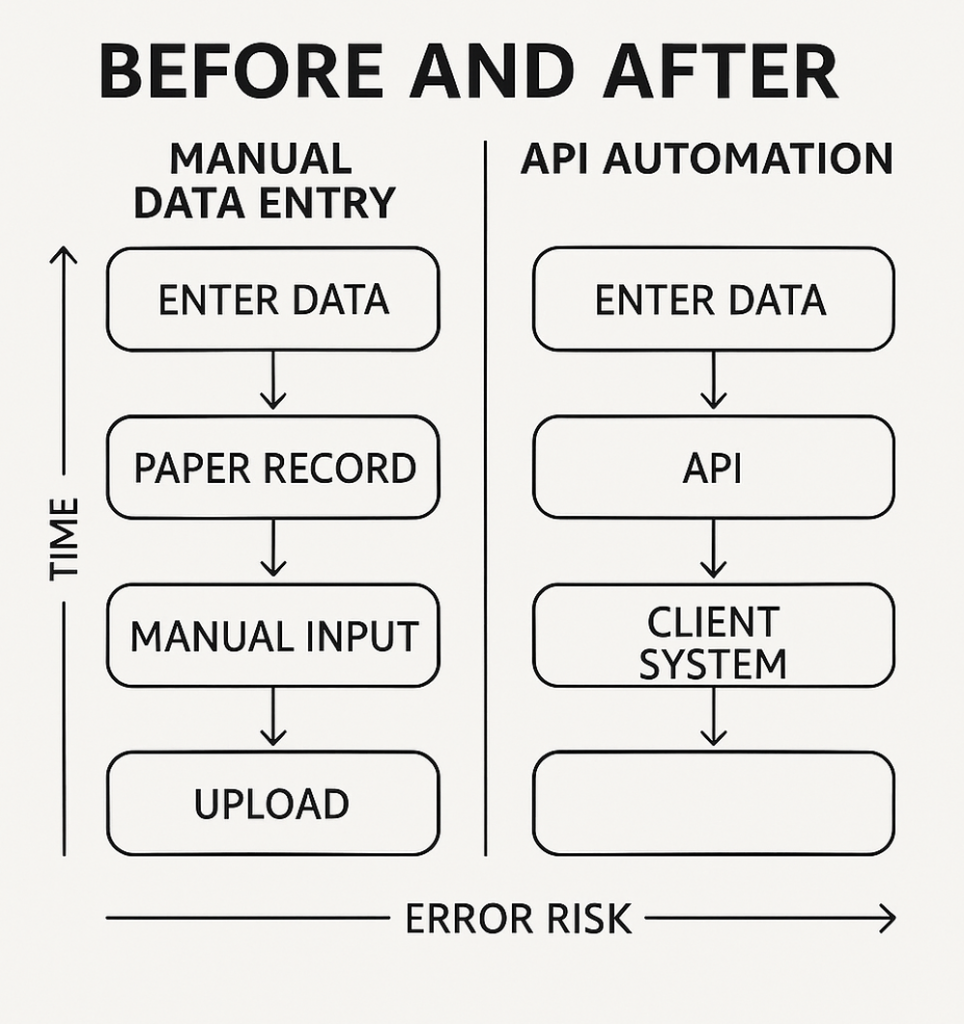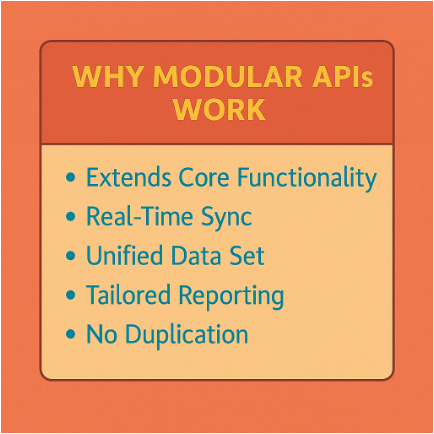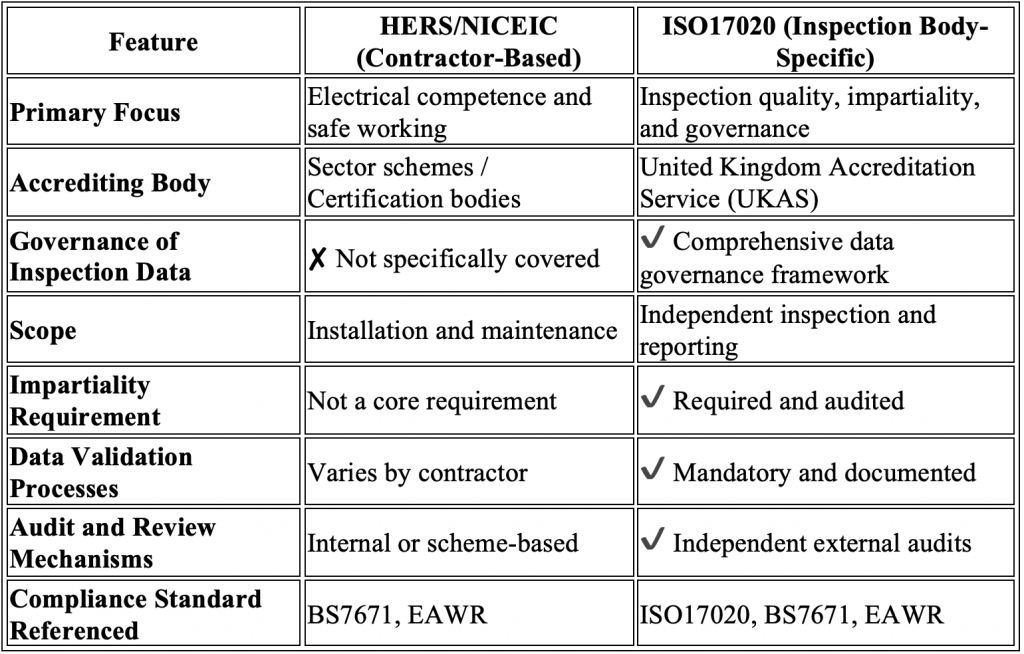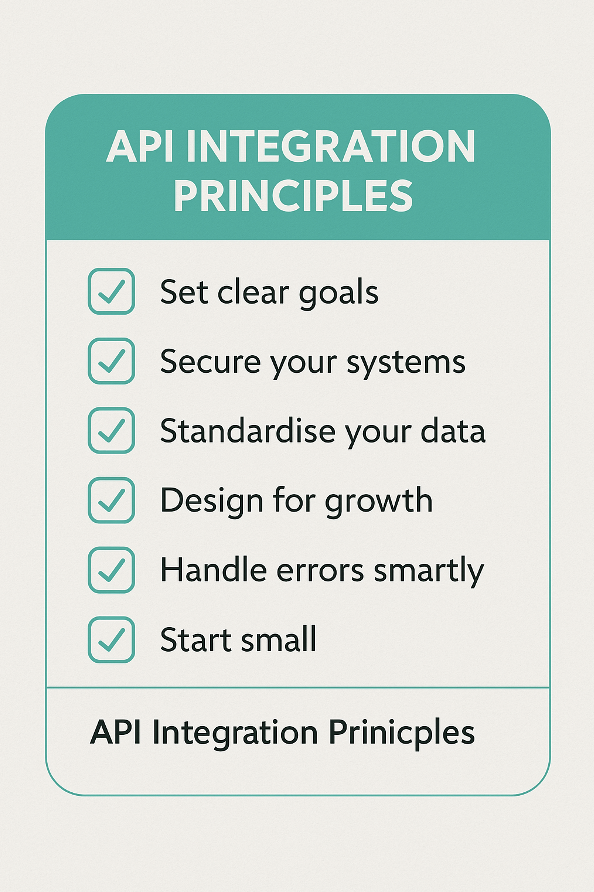The Problem with Outdated Systems
Imagine driving down a motorway at night, only to find vast stretches plunged into darkness. Beyond the inconvenience, these outages pose safety risks, escalate maintenance costs, and present compliance challenges for local authorities and contractors alike.
In the past, the highway electrical sector relied heavily on paper-based inspections, disconnected systems, and laborious data entry processes. Engineers would note results by hand, data would be manually inputted into multiple platforms, and updates to asset records could be delayed by days. These inefficiencies not only slowed decision-making but also increased the risk of errors.
Digital Transformation in Infrastructure Management
Across the infrastructure sector, a digital revolution is well underway. From smart cities and IoT sensors to real-time monitoring and predictive maintenance, new technologies are redefining how we manage public assets. The UK government’s Transforming for a Digital Future strategy calls for improved data sharing, system connectivity, and streamlined operations.
The Institution of Lighting Professionals (ILP) has long championed the use of digital tools to reduce energy usage, improve service delivery, and extend asset lifecycles. Yet, in street lighting and highway electrical systems, many processes remain manual. What if we could bridge this gap—seamlessly, securely, and in real time?
APIs: A Digital Bridge in Asset Management
At Electrical Testing Ltd (ETL), we’re not just imagining this future—we’re building it. We’ve pioneered the use of APIs (Application Programming Interfaces) to connect our systems with clients’ asset management platforms, delivering real-time, accurate, and auditable data.
Put simply, an API is a digital bridge between two systems. It functions like a restaurant waiter: you place your order (a data request), and it’s passed to the kitchen (the database), with your result served back—without ever needing to enter the kitchen yourself.

In our system, secure tokens ensure only trusted platforms connect. Data is exchanged in standard formats such as JSON or XML, using defined endpoints for different test types. If something’s wrong—say, an asset ID is missing—the system flags it immediately. The result? Our engineers test a street light in the field, and the data appears in the client’s system within seconds—validated, complete, and ready for use.
Case Study – Sheffield Lights the Way
To demonstrate these benefits in action, ETL partnered with Amey on the Sheffield PFI (Private Finance Initiative), a citywide street lighting maintenance and testing programme.
Previously, results were hand-written and uploaded into Confirm days later. Engineers submitted import files manually compiled at the end of the week. If an asset was replaced in the interim, the data became obsolete before it was even uploaded.
Our custom API changed that. Today, ETL’s system connects directly to Confirm, cutting reporting time from days to seconds. Engineers submit results live from the field. Confirm updates in real time—no file uploads, no delays. Each test result links directly to a full report hosted securely via a unique URL.

“ETL’s API integration has transformed our workflow, reducing data processing from days to seconds and keeping our records spot-on,” says Jane Carter, Operations Manager at Amey.
Challenges? Certainly. Early on, we found missing asset IDs or inconsistent data formatting. To solve this, we added automated validation. Electrical and structural inspections required different endpoints, so we tailored separate APIs. We even introduced a “Not Tested” status, ensuring transparency when access issues prevented testing.
The Sheffield project shows that API-driven inspection reporting isn’t a pipe dream—it’s a working, scalable solution that’s already improving asset compliance and performance visibility.
Beyond Speed – Enhancing Existing Systems
One of the great strengths of APIs is their ability to enhance legacy systems. Platforms like Confirm excel at scheduling and record-keeping but don’t include specialist tools for testing and analysis. That’s where modular integration shines.

ETL’s AMP (Asset Management and Performance) system, for example, handles complex electrical testing logic and safety analysis. Through API integration, it becomes a seamless extension of the client’s system. The two-way connection means clients can generate compliance reports, performance summaries, or fault statistics—all derived from a single, accurate dataset.
Need a special report? No problem. The data remains centralised, but the reporting logic can sit in a specialist module—no more manually pulling spreadsheets, cutting and pasting into templates, or chasing field teams for missing files. It’s efficient, flexible, and fully auditable.
Future Innovations – Predictive, Proactive, Powerful

We’re not stopping here. At ETL, we’re currently expanding our API capabilities to:
- Integrate with multiple asset management platforms, not just Confirm.
- Link with telematics systems (e.g. traffic sensors or pollution monitors) to allow holistic asset oversight.
- Apply AI and machine learning to historical test data, predicting failure trends and prioritising maintenance.
- Deliver automated compliance reports that are always audit-ready.
These developments move us from reactive to proactive asset management. With real-time data and predictive insights, councils can plan budgets better, respond faster, and improve public safety.
Quality, Trust and Data Integrity – The ETL Advantage
Our clients don’t just need fast data—they need trustworthy data. That’s where ETL stands apart.
While many contractors hold accreditations such as HERS or NICEIC—focused on electrical competence—ETL holds UKAS ISO 17020 accreditation, which is specific to inspection bodies. It governs how inspections are conducted and how data is validated and reported.
This means every result flowing through our API is verified under a framework designed for data integrity. Clients receive dependable, defensible information—compliant with the Health and Safety at Work Act, EAWR, BS7671:2018, and ILP GN22.


Best-Practice Checklist for API Integration
Considering your own integration? Here are some key principles from our experience:
- Set clear goals – Define whether you want faster reporting, better accuracy, or easier compliance.
- Secure your systems – Use API tokens and access controls to prevent unauthorised connections.
- Standardise your data – Agree on common formats (JSON/XML) to avoid mismatched fields.
- Design for growth – Build APIs to handle more data, users, or systems over time.
- Handle errors smartly – Flag issues early (e.g., missing asset IDs) and automate correction prompts.
- Start small – Pilot your integration on a single asset type or contract before scaling up.
Conclusion – A Call to Action for Smarter Infrastructure
We’re more than a service provider—we’re a technology pioneer in highway electrical testing. Our success with Amey in Sheffield shows that API integration is not some distant innovation—it’s happening now, and it works.
APIs aren’t just about connecting software. They connect data, teams, and better decisions. They cut admin, reduce errors, and strengthen compliance. They unlock the full potential of asset management systems by expanding them with real-time, validated insights.
So for councils, contractors, and asset managers still grappling with siloed systems and slow reporting, we pose a simple question:
The future is interconnected—where will you stand?

